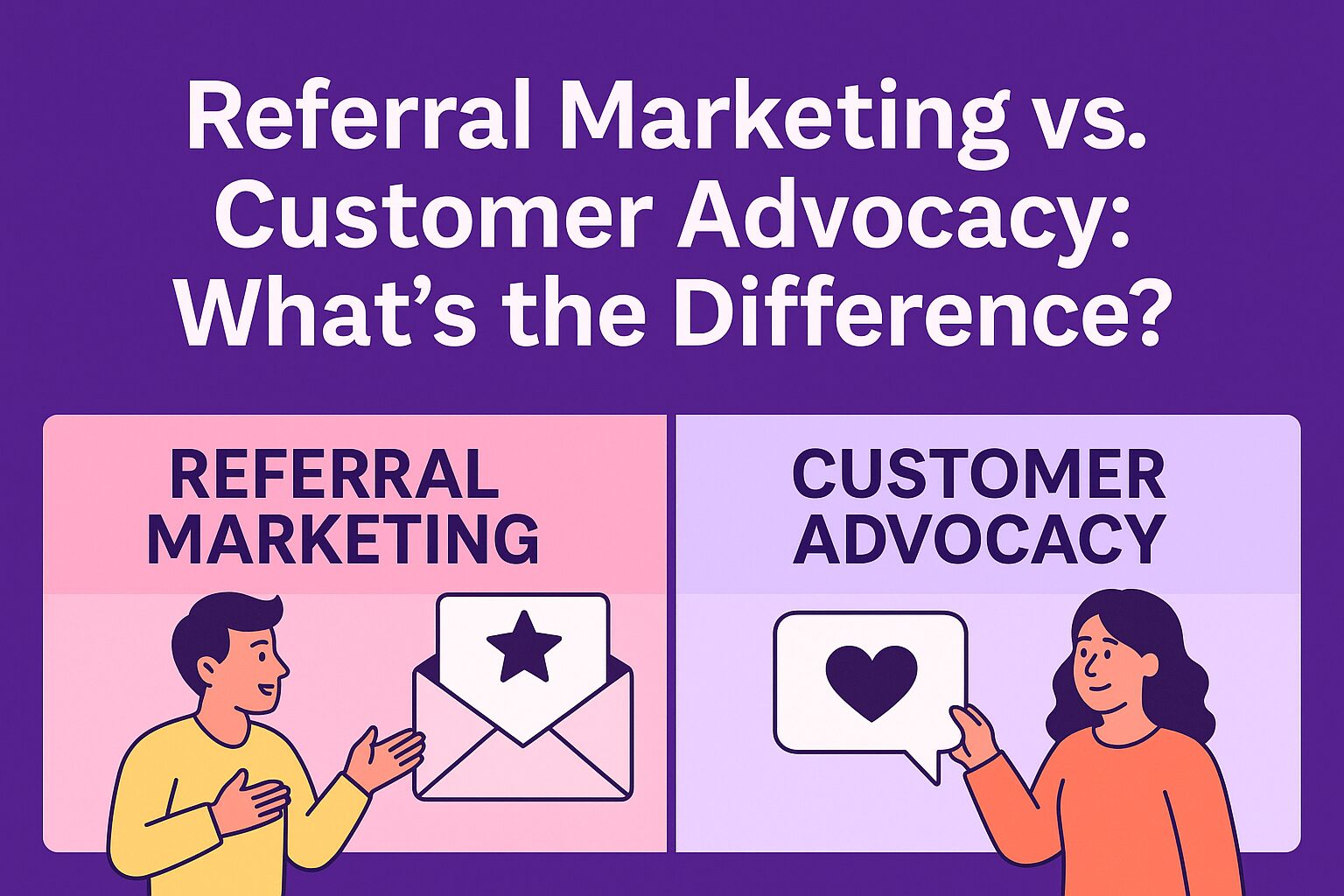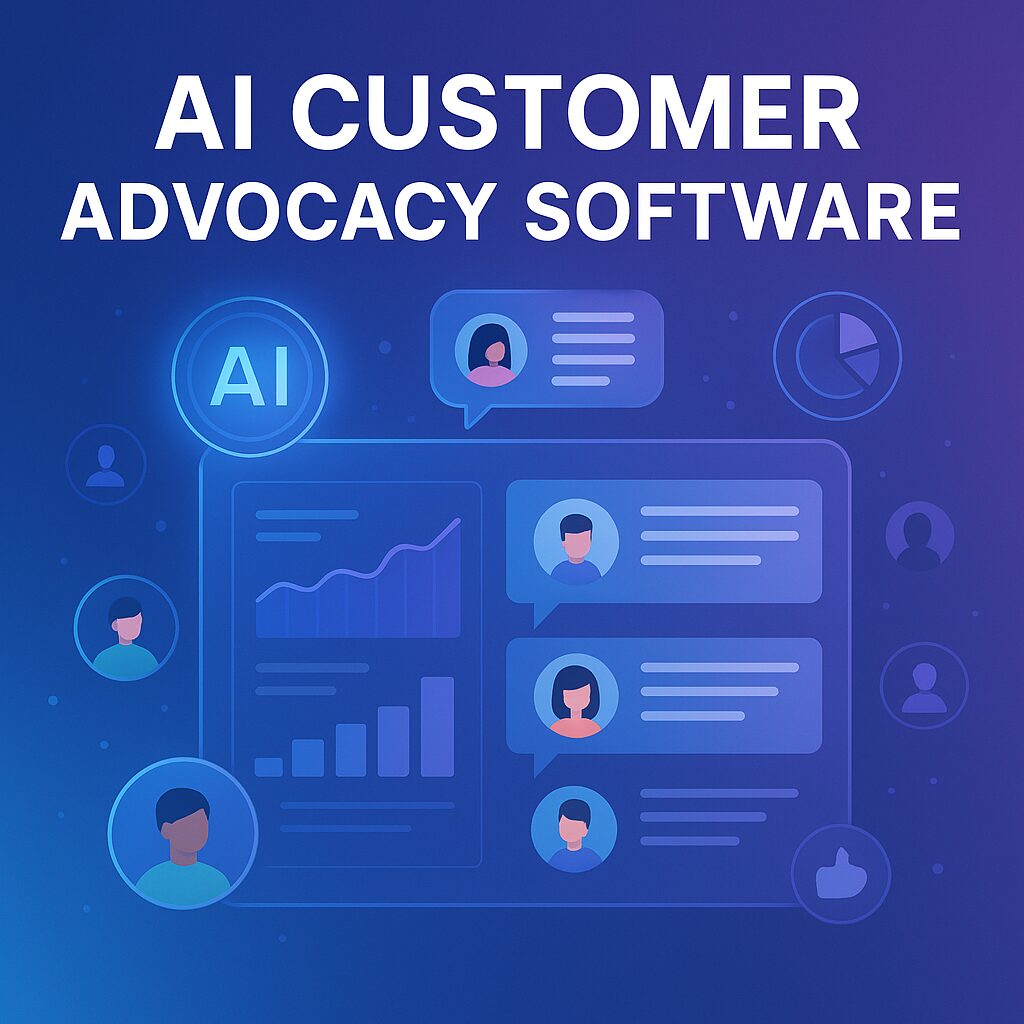Client advocacy has developed from guide connection making in to a innovative growth engine that pushes measurable company results. Modern businesses are discovering that customer-led growth tools can identify, foster, and activate their most satisfied customers, leading to significant changes across critical performance indicators.

The Confidence Element Driving Customer Advocacy
Trust stays the inspiration of purchasing decisions. Current research shows that 92% of customers trust guidelines from persons they know, while 70% trust on the web opinions from strangers. This trust hole produces massive possibilities for organizations that may successfully mobilize their customer base.
Businesses with structured advocacy applications report 25% larger client life time price compared to those counting solely on traditional advertising channels. The task lies in running these applications without frustrating central resources or limiting the private touch that produces advocacy effective.
Measurable Development Through Automation
Revenue Velocity Numbers
Businesses employing computerized advocacy programs experience a typical 23% escalation in regular continuing revenue within six months. This development stalks from larger transformation prices among introduced prospects and increased paying from active advocates who experience more attached to the brand.
Client Order Speed
Automatic techniques recognize and activate potential advocates 35% quicker than guide processes. Device learning algorithms analyze customer behavior styles, support interactions, and engagement metrics to anticipate advocacy potential with exceptional accuracy.
Maintenance Development Numbers
Businesses applying automatic advocacy instruments see 28% changes in client maintenance rates. When consumers become advocates, they build stronger psychological bonds with the company, ultimately causing lengthier subscription periods and reduced churn.
How Automation Turns Advocacy Programs
Standard advocacy counted greatly on surveys, guide outreach, and connection creating that consumed significant staff time. Automatic tools revolutionize this process by control vast levels of customer data to recognize advocacy opportunities in real-time.
These methods analyze support solution message, product consumption patterns, and social media involvement to report clients based on their likelihood to become advocates. This predictive ability enables organizations to focus resources on high-potential clients rather than applying extensive, inefficient approaches.
Organic language control displays social networking describes, review internet sites, and client communications for advocacy opportunities. When positive feedback appears, the system automatically sparks personalized follow-up campaigns to recapture and boost that sentiment.
Implementation Most readily useful Practices
Successful automatic advocacy programs start out with distinct full definition. Businesses must recognize specific growth objectives—whether raising affiliate prices, generating more evaluations, or securing situation study participation.
Integration with existing client relationship administration programs ensures advocacy efforts arrange with broader client achievement strategies. This relationship enables clubs to track advocacy activities along side other client health indicators.

Personalization stays vital even within automatic systems. The most effective tools use customer data to generate designed advocacy experiences that experience genuine rather than robotic.
Measuring Success and ROI
Automated advocacy systems offer detailed analytics that manual applications can not match. Organizations may track advocate engagement charges, suggestion transformation percentages, and revenue attribution with precision.
Critical efficiency signs contain advocate initial costs, average time from recognition to first advocacy action, and the life time value difference between advocates and non-advocates. These metrics support businesses improve their programs continuously.
